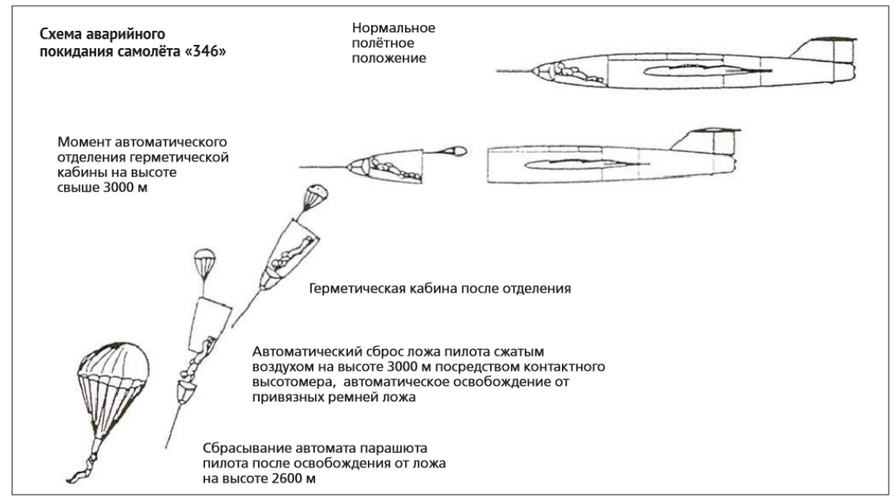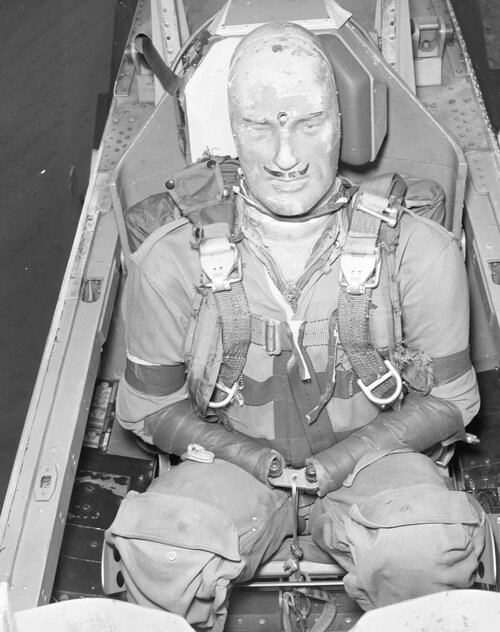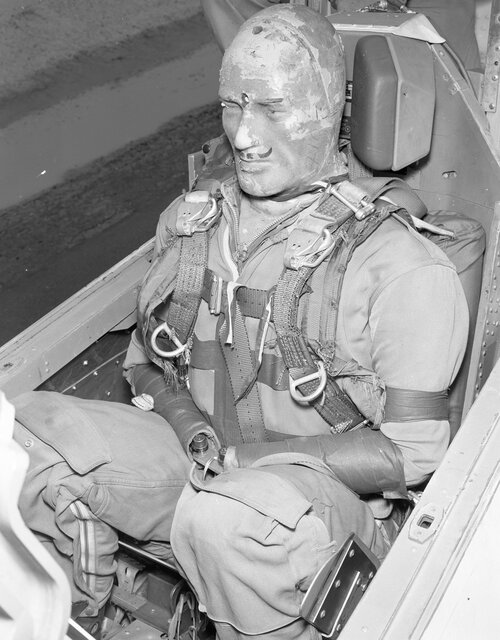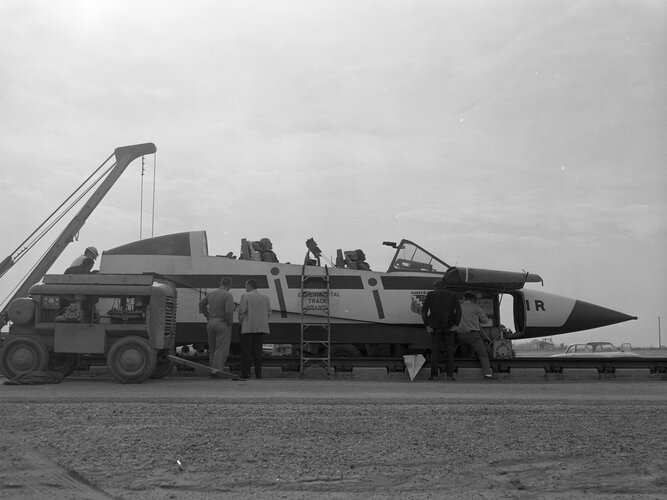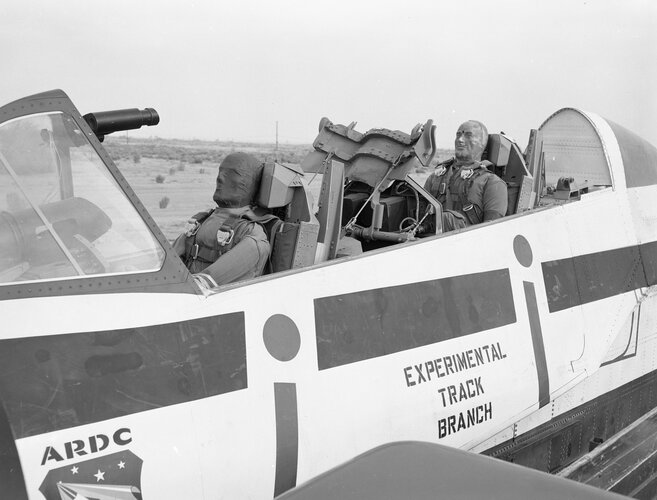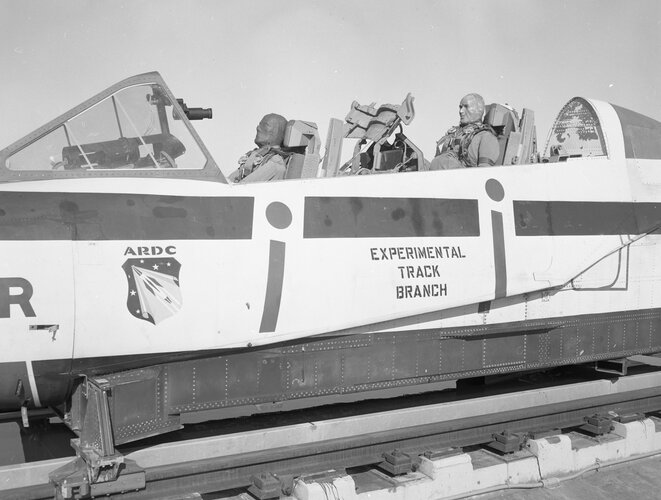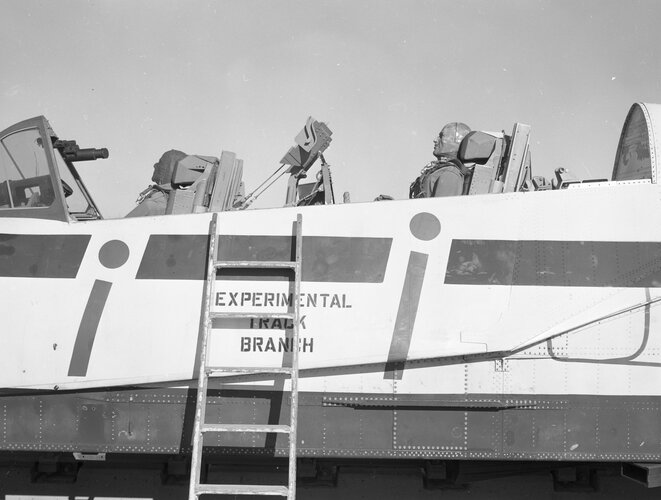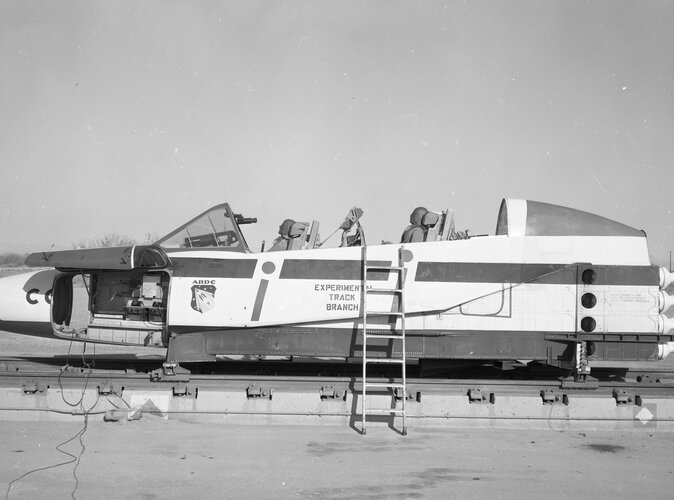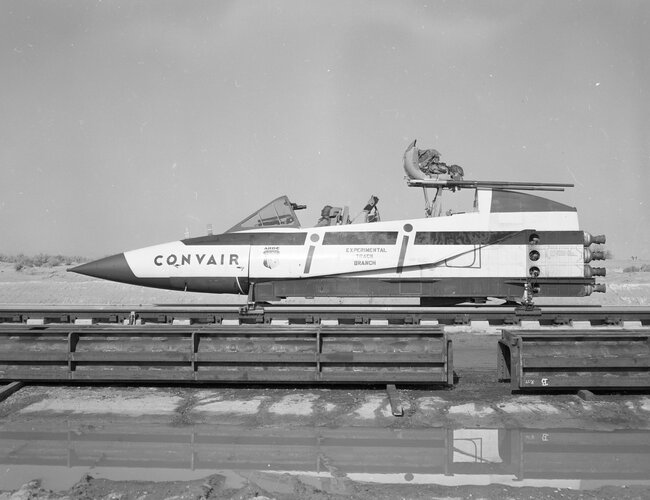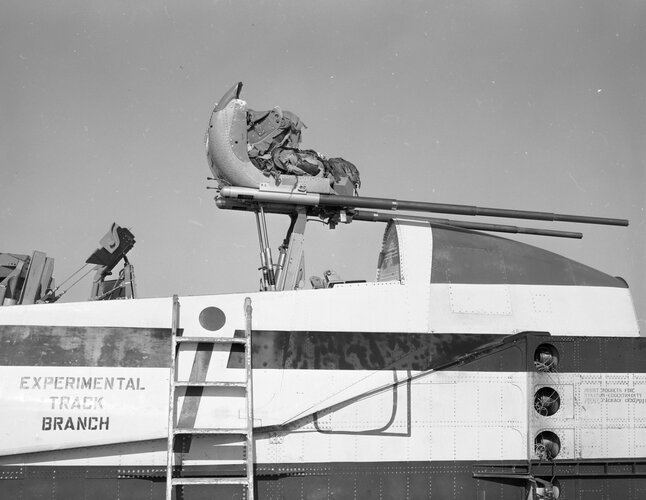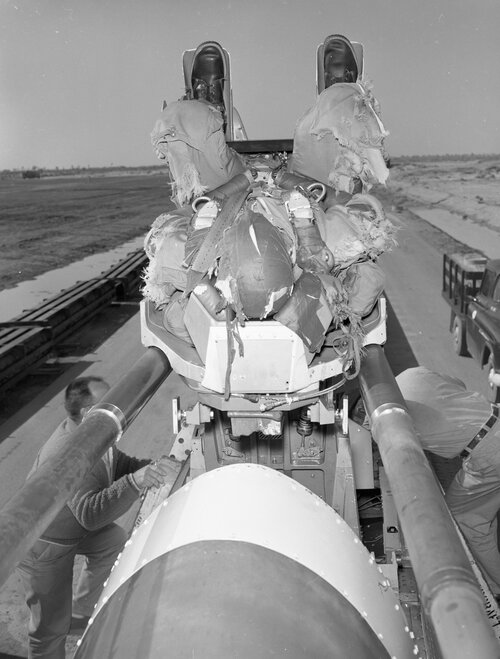- Joined
- 9 October 2009
- Messages
- 21,928
- Reaction score
- 13,552
KSA-100 SAVER (Stowable Aircrew Vehicle Escape Rotorseat) (world's first jet-powered autogyro) (1971)Kaman KSA-100 (1971)- Stowable Aircrew Vehicle Escape Rotorseat (SAVER), a jet-powered gyroplane ejection seat to allow a pilot to fly himself back to safety (one built)

Kaman KSA-100 SAVER: You Only Live Twice.
The Vietnam War was still in full bloom when the US. Navy decided to be really creative about their downed aircrew rescue capabilities. One of the proposals was Kaman’s self-explanatory ̶…elpoderdelasgalaxias.wordpress.com



















